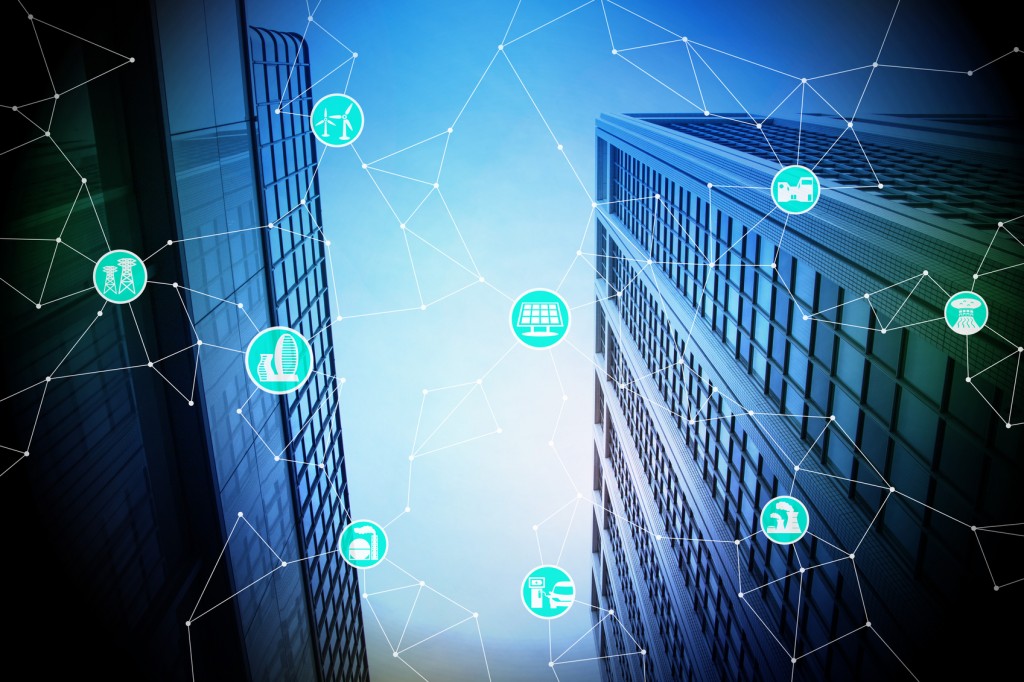This blog post is an excerpt from GovLoop’s recent guide Your Questions Answered: The Internet of Things in Government. Download the full guide here.
The rise of the internet led technology companies to build products capable of data collection that were designed for personal use. This development resulted in a “bring your own device” system, or BYOD. Individuals used their laptops, and eventually their tablets and smartphones and other devices to collect data and connect to other devices, creating the Internet of Things (IoT).
Today, IoT has moved the connected world beyond BYOD to incorporate new sensors and other embedded platforms. Traditional data collection generally required direction from individual users, unlike sensors, which can be programmed to record data without requiring expertise or interaction. By liberating data collection from users, the number of connected devices increases, and the accompanying supply of information grows exponentially.
As sensors are exponentially increasing the volume of data points that are collected, organizations today must have a system, platform and process in place to organize this data in order understand and act on it.
The use of sensors will be revolutionary, explained Clint Green, Director of Advanced Analytic Strategy and Development at ViON, a leading data management company. “The ability to connect a diverse set of systems so they can communicate over a standard set of protocols locally and globally, is going to be applied to systems in the physical world that had never before been connected,” he said.
The technology advancements that enabled sensors are not only changing how we collect data, but also how we analyze our data sets and use human capital. For example, traditionally, doctors have written or dictated their notes on patients by hand, and then later others transcribed these notes and manually entered them into a specialized database. Now, with help from health sensors, this information can be automatically recorded and analyzed.
These types of flexibility are some of the greatest benefits from a sensor-driven IoT for Green. “That’s where it takes the human out of the loop, out of harm’s way, out of the lower level tasks of data capture, and allows people to move to more efficient and effective uses of their limited time and resources,” he explained.
This newfound ability gives agencies the opportunity to build a far richer view of the world, but only for those prepared to make the right investments in the collection and organization of this data. Many agencies mistake the small scale of each new individual IoT source as not requiring large scale solu- tions, only to find themselves unable to scale in the future.
To capitalize on IoT data, agencies need a solution that can manage the complexity and scale of data collection and organization, while providing the visibility needed to understand and act on the data they have collected. Without the right tools, agencies can’t fully benefit from the increased availability of data through sensor collection.
ViON manages these concerns by providing a centralized solution blending systems integration, networking and big data analytics capabilities. This combination helps ensure that agencies have the system, platform and process to analyze and respond to their data. This centralized method both reduces costs and improves service delivery.
“People often say that 80 percent of the data scientist’s time is spent getting organized and understanding the data, and only 20 percent is acting on the findings,” Green said. The best way to cut down on time spent arranging data is to invest in a strong and robust infrastructure to enhance collection and organization processes. When accompanied by big data tools to promote descriptive, diagnostic, predictive and prescriptive analytics, the supporting solution ensures agencies can make the most of their sensor data.
“The ViON advantage for our customers,” explained Green, “is our steady-handed focus on the mission or business outcome that the customer needs.” Included in that focus is an acute awareness that the size of IoT systems will only continue to grow as new devices are outfitted to join the network. For this reason, ViON solutions emphasize delivering scalability and security from day one.
ViON’s managed services approach can be especially helpful for government agencies who must collaborate with a multitude of vendors, geographies and technologies within their IoT infrastructure. The simplicity provided by a single consistent interface makes it much easier for agencies to embrace the power of IoT.
When you have a managed system that is able to collect and organize the massive amount of data from IoT, only then will agencies be able to understand and act on this information. An investment in a system of sensors and data processing software can be used in multiple applications, both for an answer today and to provide context for the questions of tomorrow.
